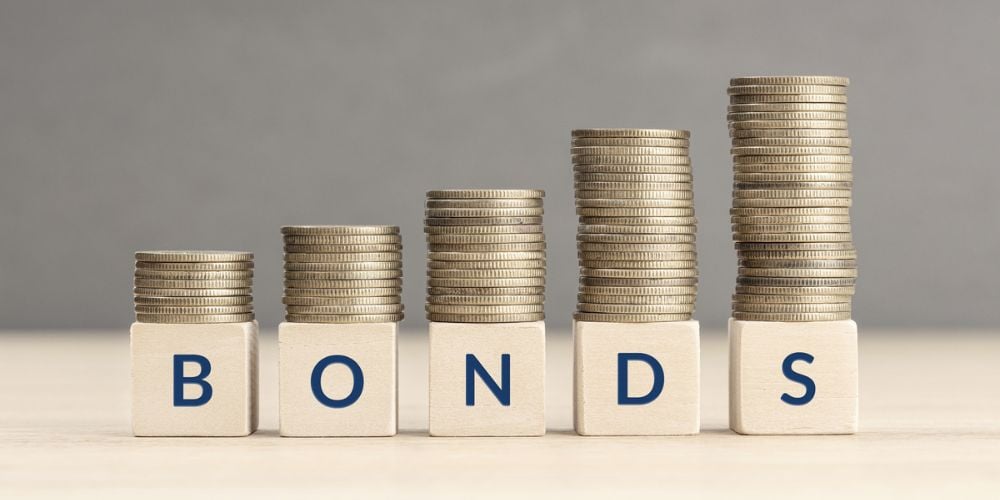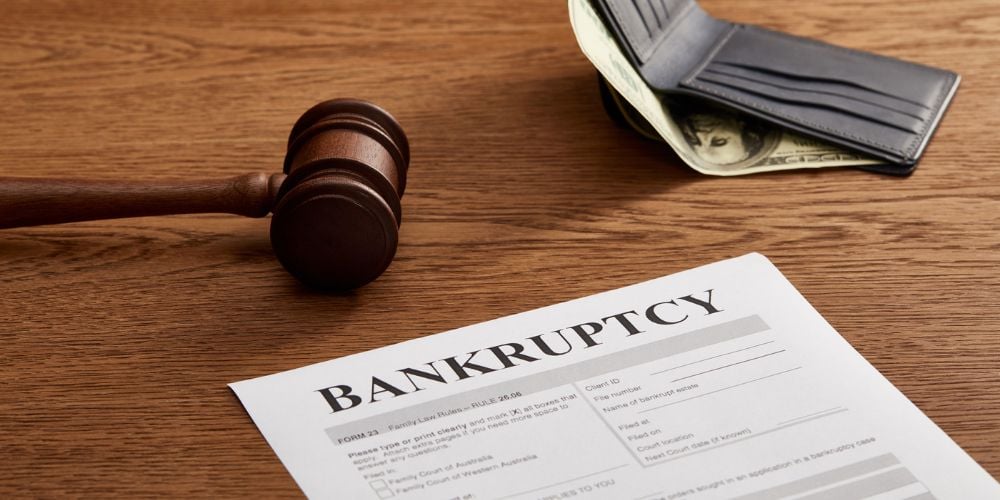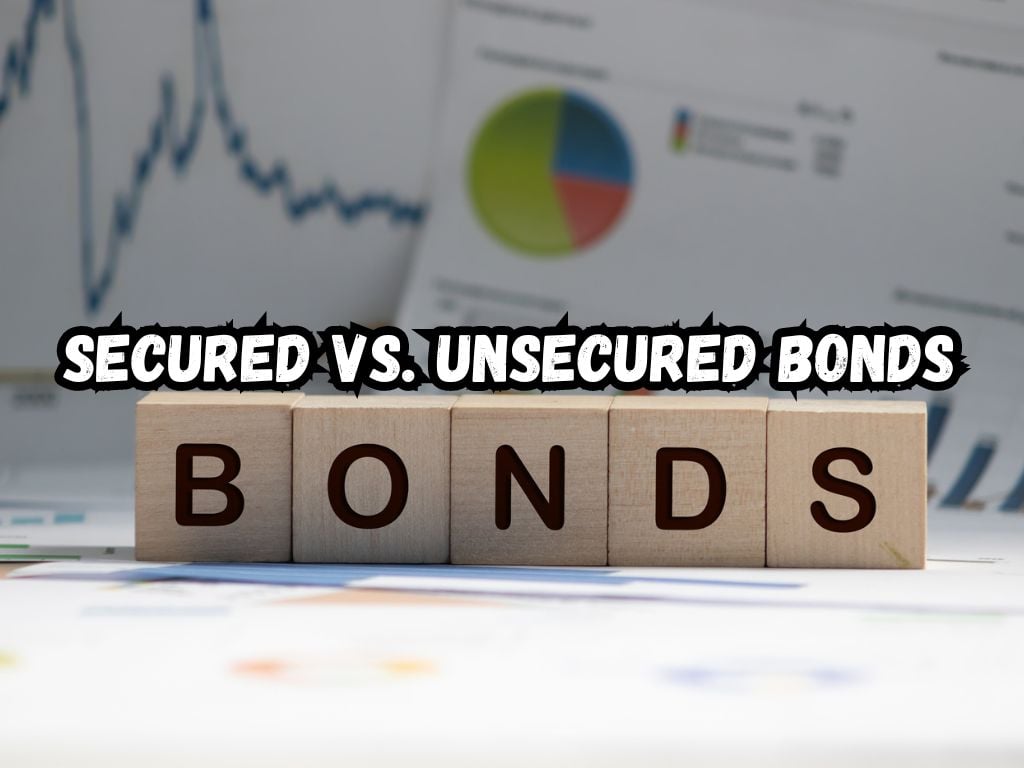Understanding the complexities of financial investment instruments such as bonds is crucial. More specifically, the choice between secured and unsecured bonds can significantly influence an investor’s financial pathway.
This piece is dedicated to giving a clear, detailed comparison of secured vs unsecured bonds, empowering you with knowledge for informed decision-making.
Before we delve into the specifics, let’s firmly establish what bonds are. Essentially, bonds are a type of fixed-income instrument that represents a loan made by an investor to a borrower.
A borrower could be an entity like a corporation or a government. Bonds are used to raise capital, and in return for these loans, the borrower promises to repay the borrowed amounts along with periodic interest payments.
The Nature of Secured Bonds
Secured bonds provide a particular level of comfort in the world of investing. Why? Because they are backed by assets.
Assets, in this case, act as security, or collateral, and if a company issuing the bond defaults on the interest payment, it has the option to sell these assets to repay the investors.
The securitization of bonds is commonly used in corporate financing. A company might issue bonds that carry a security of its equipment, property, or other physical assets. In certain cases, financial assets, such as company stocks or even other bonds, can act as collateral.
However, investing life is not always filled with rainbows, and secured bonds do possess some drawbacks.
The most pronounced one is lower returns. The safety of secured bonds permits companies to offer investors lower interest rates, providing a safety net at the potential cost of higher earnings.

Understanding Unsecured Bonds
On the other end of the spectrum lie unsecured bonds, also known as debentures. They come with no collateral.
Simply put, if a company goes under, there is no immediate asset to sell off to fulfill the reimbursements due to bondholders. This inherently higher risk avails higher rewards in the form of interest.
A significant portion of the bond market is composed of unsecured bonds. When a company requires capital infusion but is unwilling or unable to tie up its assets, it issues unsecured bonds.
This financial freedom, however, does carry challenges. An unsecured bond’s value becomes highly subjective to the company’s financial robustness.
Secured vs Unsecured Bonds
Risk Profile
Secured bonds are generally perceived as lower-risk investments because they are backed by specific assets. If the issuer defaults, bondholders have a claim to the collateral, which can mitigate potential losses. This security interest tends to result in a higher recovery rate for investors in the case of bankruptcy.
Conversely, unsecured bonds carry a higher risk. Since there is no specific asset backing these bonds, the bondholders are considered general creditors and may recover less in the event of a default.
Investors in unsecured bonds rely heavily on the issuer’s creditworthiness and are more exposed to the risk of losing their investment.
Interest Rates and Yield
The interest rates on secured bonds are typically lower compared to unsecured bonds. The collateral backing provides assurance to investors, which allows issuers to pay a lower yield on the debt. This can be beneficial for entities looking to minimize borrowing costs.
Unsecured bonds often come with higher interest rates to compensate investors for the additional risk they undertake. The increase in yield reflects the market’s demand for a risk premium due to the lack of collateral.
Investment Considerations
When investing in secured bonds, it is important to assess the quality and liquidity of the collateral. The value of the collateral should be sufficient to cover the bond obligations, and it should not be subject to significant depreciation over time.
Investors in unsecured bonds must perform thorough credit analysis, as their return is directly dependent on the issuer’s financial health and ability to meet its obligations. The assessment typically includes reviewing the issuer’s credit rating, financial statements, and cash flow projections.
Market Impact
The performance of the secured bond market can be influenced by factors such as changes in asset values and the regulatory environment surrounding secured transactions. Economic downturns that affect the value of collateral assets can impact the perceived safety of these bonds.
The unsecured bond market is more sensitive to credit market conditions and economic cycles. During times of economic uncertainty, unsecured bonds may see greater volatility and wider credit spreads due to the amplified perceived risk.

Legal Standing in Bankruptcy
In a bankruptcy proceeding, secured bondholders have priority over unsecured bondholders and equity holders. Their claims are addressed first, up to the value of the collateral securing the bond.
Unsecured bondholders rank below secured creditors in a bankruptcy scenario and may only receive payment after secured claims have been satisfied. This subordination makes them more vulnerable to losses during issuer insolvency.
By considering the distinctions between secured and unsecured bonds in terms of risk, yield, asset backing, and priority in insolvency, investors can make informed decisions aligned with their investment strategy and risk tolerance.
The Process of Choosing Between Secured and Unsecured Bonds
The conscious decision between secured and unsecured bonds should be a clear reflection of your financial goals. If you are more inclined towards larger, secure returns, secured bonds might be a more comfortable fit for you.
On the other hand, if you can accommodate more risk for the chance at exponentially larger returns, unsecured bonds might be an appealing choice.
Identifying your risk tolerance is also paramount. With secured bonds providing a reduced risk-factor, the likelihood of losing your complete principal investment amount is considerably lower.
However, with unsecured bonds, the risk factor does amplify itself. Hence, the choice ultimately boils down to balancing these risks against potentially higher returns.
The Impact of Bankruptcy on Secured and Unsecured Bonds
When considering a company’s bankruptcy, secured and unsecured bondholders are treated differently. If a company fails to repay its debits, the assets backing the secured bonds are liquidated. The proceeds from this sale are then used to repay the secured bondholders.
On the contrary, unsecured bondholders are not given this level of preference during bankruptcy proceedings. They are only repaid, if at all, after all other forms of debt obligations, including secured bonds, have been reimbursed.
Conclusion
In a nutshell, secured and unsecured bonds each have their unique advantages, disadvantages, and intended application scenarios. A diversified portfolio might include a healthy mix of both types to achieve a balance between risk and potential return.
As always, before making any financial decisions related to these bonds, a thorough understanding of your financial goals and risk tolerance is highly recommended.
Remember, an informed investment is the key to attaining long-term financial growth and stability.


 Tags:
Tags:










